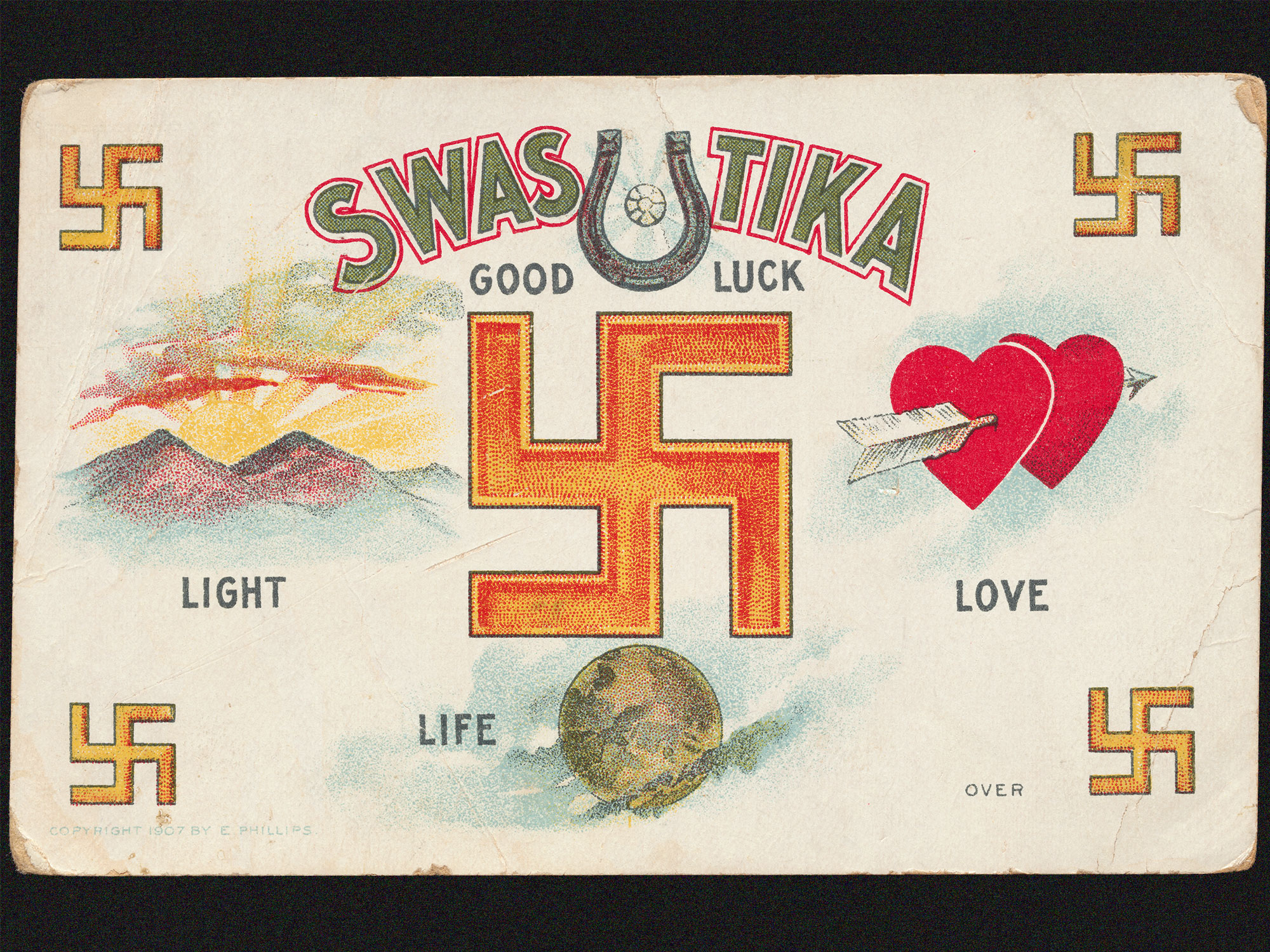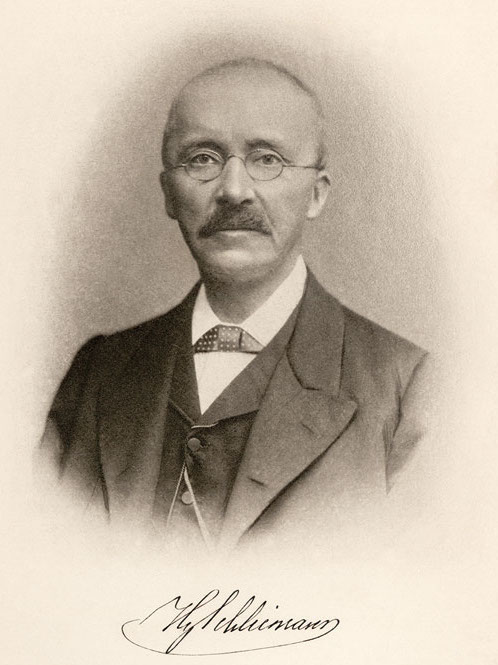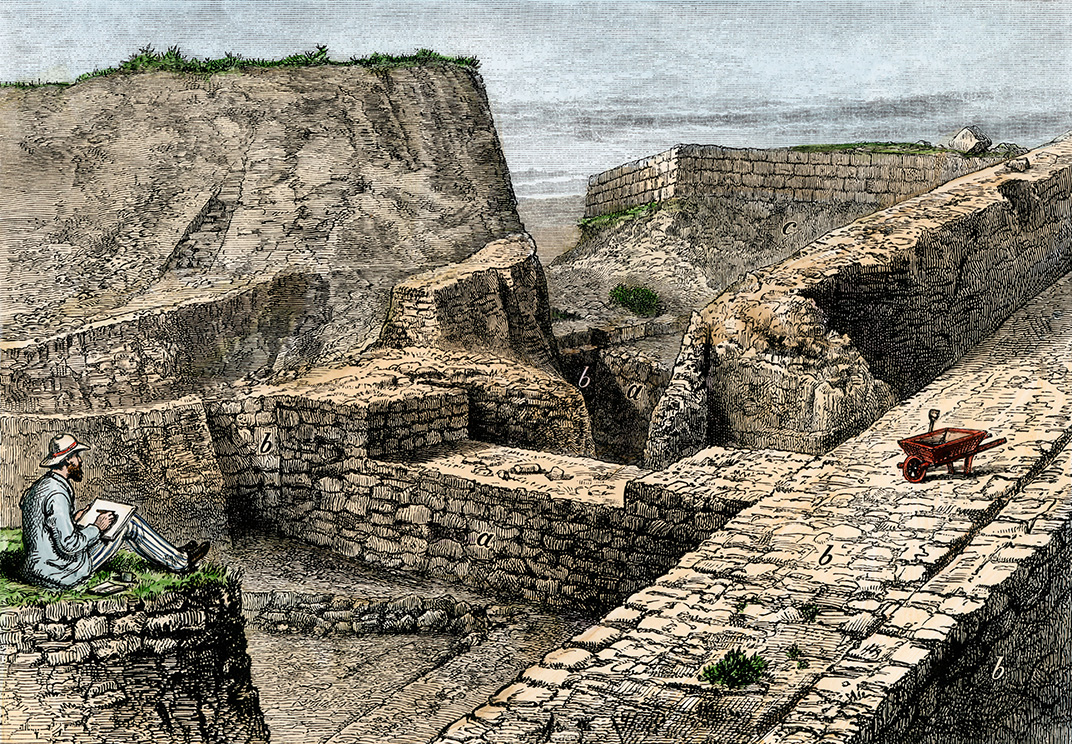How the Swastika, an Ancient Symbol of Good Fortune Used Around the World, Became the Nazi Logo [View all]
Updated: September 24, 2024 | Originally Published: April 6, 2017
Archaeologists have found the distinctive design on artifacts from India, Europe, Africa, China and the Americas. When Adolf Hitler co-opted it, its meaning changed forever

Swastika postcard from 1912A 1912 postcard featuring the swastika as a symbol of good fortune Rykoff Collection / Corbis via Getty Images
Lorraine Boissoneault; Updated by Sonja Anderson
When German archaeologist Heinrich Schliemann traveled to Ithaca, Greece, in 1868, one goal was foremost in his mind: discovering the ancient city of Troy using Homer’s Iliad. Many historians believed the epic poem to be no more than a myth, but Schliemann was convinced otherwise. For him, it was a map to the hidden locations of long-lost cities from the ancient world.

Archaeologist Heinrich Schliemann Public domain via Wikimedia Commons
Over the next several years, the German businessman, who had made his fortune as a military contractor, tramped around the Mediterranean. He took Homer’s advice on everything from understanding local customs to treating physical maladies, and he used Homer’s verses to identify what he thought were the epic’s real-world locations. “One of his greatest strengths is that he had a genuine historical interest,” wrote classics scholar D.F. Easton in the journal The Classical World in 1998. “What he wanted was to uncover the Homeric world, to know whether it existed, whether the Trojan War happened.”
It wasn’t until the 1870s that Schliemann achieved his dream. The discovery would catapult him to fame, spurring a burst of interest in all that he uncovered. The intrepid archaeologist found his Homeric city, but he also came across something else: the swastika, a symbol that would later be manipulated to shape world history.

Archaeological site
Heinrich Schliemann discovered the archaeological site of Troy, but his discovery also boosted the visibility of swastikas. North Wind Picture Archives / Alamy Stock Photo
Schliemann discovered his epic city—and encountered the swastika—on the Aegean coast of Turkey. There, he continued the excavations started by British archaeologist Frank Calvert at a site known as the Hisarlik mound. Schliemann’s methods were brutal—he used crowbars and battering rams to excavate—but effective. He quickly realized the site held many different layers from societies going back thousands of years. Schliemann had found Troy—and the remains of civilizations coming before and after it. And on shards of pottery and other artifacts, he found at least 1,800 variations on the same symbol: spindle-whorls, or swastikas.
He would go on to see the swastika elsewhere in his travels, from Tibet to Paraguay to the Gold Coast of Africa. As news of Schliemann’s exploits spread, the swastika experienced a resurgence in popularity, appearing on Coca-Cola products, Boy Scouts and Girls’ Club materials, and even American military uniforms, per BBC News. In most cases, it was used as a symbol of good fortune—just as it had been for thousands of years. However, the swastika also became tied to a volatile movement: a wave of nationalism spreading across Germany after the First World War, fueled in part by belief in the superiority of a so-called Aryan race.
More:
https://www.smithsonianmag.com/history/how-the-swastika-an-ancient-symbol-of-good-fortune-used-around-the-world-became-the-nazi-logo-180962812/



